
A Beginner's Guide to Shamata Meditation
“Some traditions speak of two types of meditation: insight meditation (Vipassana) and calm meditation (Shamata),” writes Ajahn Brahm, author of Mindfulness, Bliss, and Beyond: A Meditator’s Handbook.
Vipassana meditation brings insight through a practice of seeing and discerning. Shamata meditation, also known as mindfulness meditation, cultivates calm brought through concentration. Imagine the two as the clasped hands of a blessing.
“In fact the two are indivisible facets of the same process. Calm is the peaceful happiness born of meditation; insight is the clear understanding born of the same meditation. Calm leads to insight and insight leads to calm."
How to Practice Shamata Meditation
This style of meditation is simple, but not easy, which is part of its beauty and widespread appeal. The guiding principle for the practice is, “Not too tight, not too loose.” Apply this gentle, balanced instruction to your seat, your breath, your practice, and yourself. Here’s how.
The Seat
Many yoga classes begin with the teacher instructing us to, “take a comfortable seat.” But what does that mean? In Shamata Meditation, your seat and posture are the foundations of the practice.
Traditionally, Shamata Meditation is practiced in the seven-point posture of Vairochana—imagine a seated Buddha or Shiva statue. Because all bodies are (beautifully!) different, “comfortable” could look like something else. Here are seven points to consider for your body:
- Sit on a cushion, on a chair, or lie down.
- Straighten your back. Not too tight, not too loose.
- Place your hands in a position that is comfortable to you. They could be palms up or down on your knees, thighs, or in your lap, or if you’re lying down, at your sides or resting gently on your belly.
- Relax your shoulders. Doing so opens your chest, and, symbolically, your heart.
- Hold your head in a comfortable position. This could mean pulling your head backward in space slightly so it’s atop your spine or tucking your chin a bit.
- Relax your jaw.
- Open or close your eyes. If eyes are open, keep your gaze soft. Not too tight, not too loose.
The Breath
Let your breath be. Notice it as it moves in and out. In and out. In, out.
That’s it. You’re practicing Shamata Meditation.
The Practice
This is where “simple, but not easy” comes in. As you practice noticing your breath, almost immediately, mind chatter will start vying for your attention. Where’s a good place to meet your friend for coffee tomorrow? Which route should you take to get there? Wait, does the car need gas?
Before you can realize it’s begun, you’re deep in rumination about the future or the past.
When you notice thoughts, practice letting them go. Pema Chödrön advises a conscious acknowledgment of the thought:
“When you realize you’ve been thinking, you label it ‘thinking.’ When your mind wanders off, you say to yourself, ‘thinking,’” Chodron writes in Start Where You Are: A Guide to Compassionate Living.
“Whether your thoughts are violent or passionate or full of ignorance and denial; whether your thoughts are worried or fearful; whether your thoughts are spiritual thoughts, pleasing thoughts of how well you’re doing, comforting thoughts, uplifting thoughts, whatever they are—without judgment or harshness, simply label it all ‘thinking,’ and do that with honesty and gentleness.”
Not too tight, not too loose.
Return to the breath.
Repeat as necessary.
Benefits of Shamata Meditation
Many studies have looked at the benefits of Shamata Meditation. The upsides to this simple practice are numerous and holistic: physical, emotional, and interpersonal.
In studies of patients treated for HIV, breast cancer, and rheumatoid arthritis, Shamata Meditation seemed to strengthen the immune system’s disease-fighting response. The American Heart Association finds Shamata Meditation may offer benefits to those with heart disease. Shamata Meditation might also mitigate cognitive decline.
Shamata Meditation is beneficial for those with anxiety, depression, stress, and helps reduce what doctors call, general psychopathology. The practice can be beneficial as an adjunct treatment for drug addiction and can increase feelings of self compassion and body satisfaction.
As you bring Shamata off the cushion and into daily life, you may notice an improvement in overall well-being. The attunement and observation practiced in Shamata help us take pleasure in our lives as we live them by being present in the moment. Through our practice, we also become equipped to withstand life’s challenging moments.
Not too tight, not too loose.
Comments
No comments yet. Be the first!





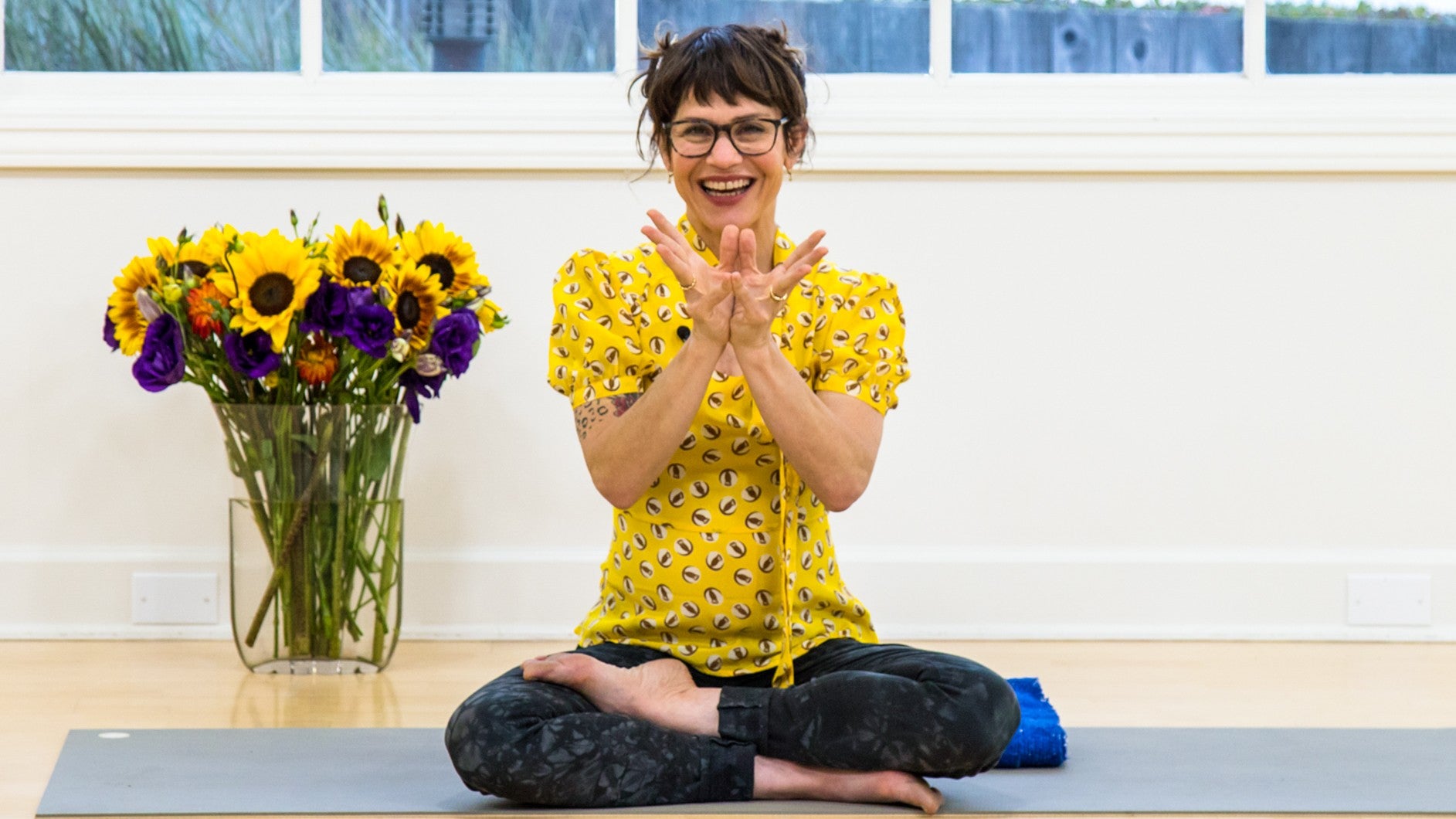
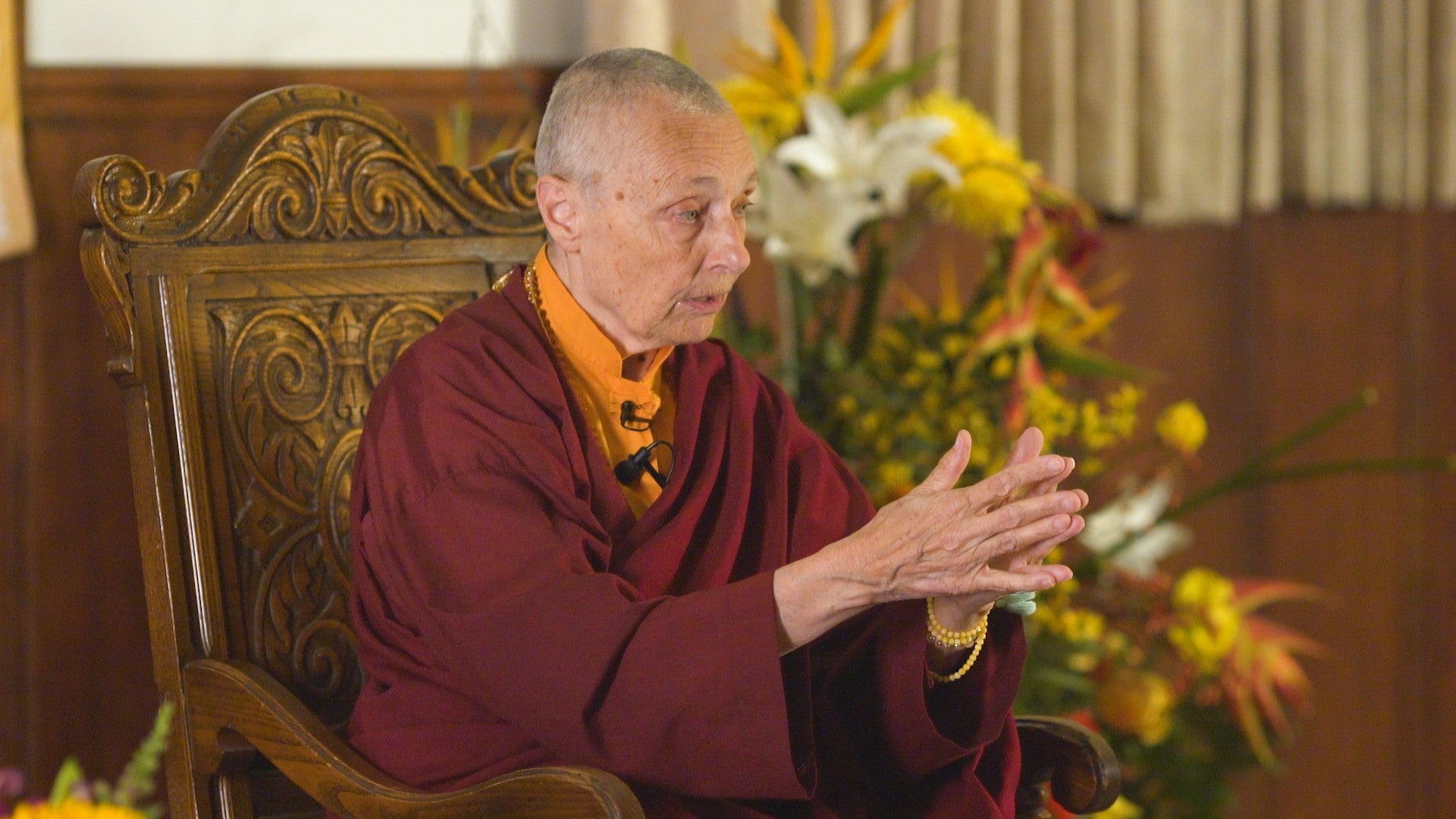
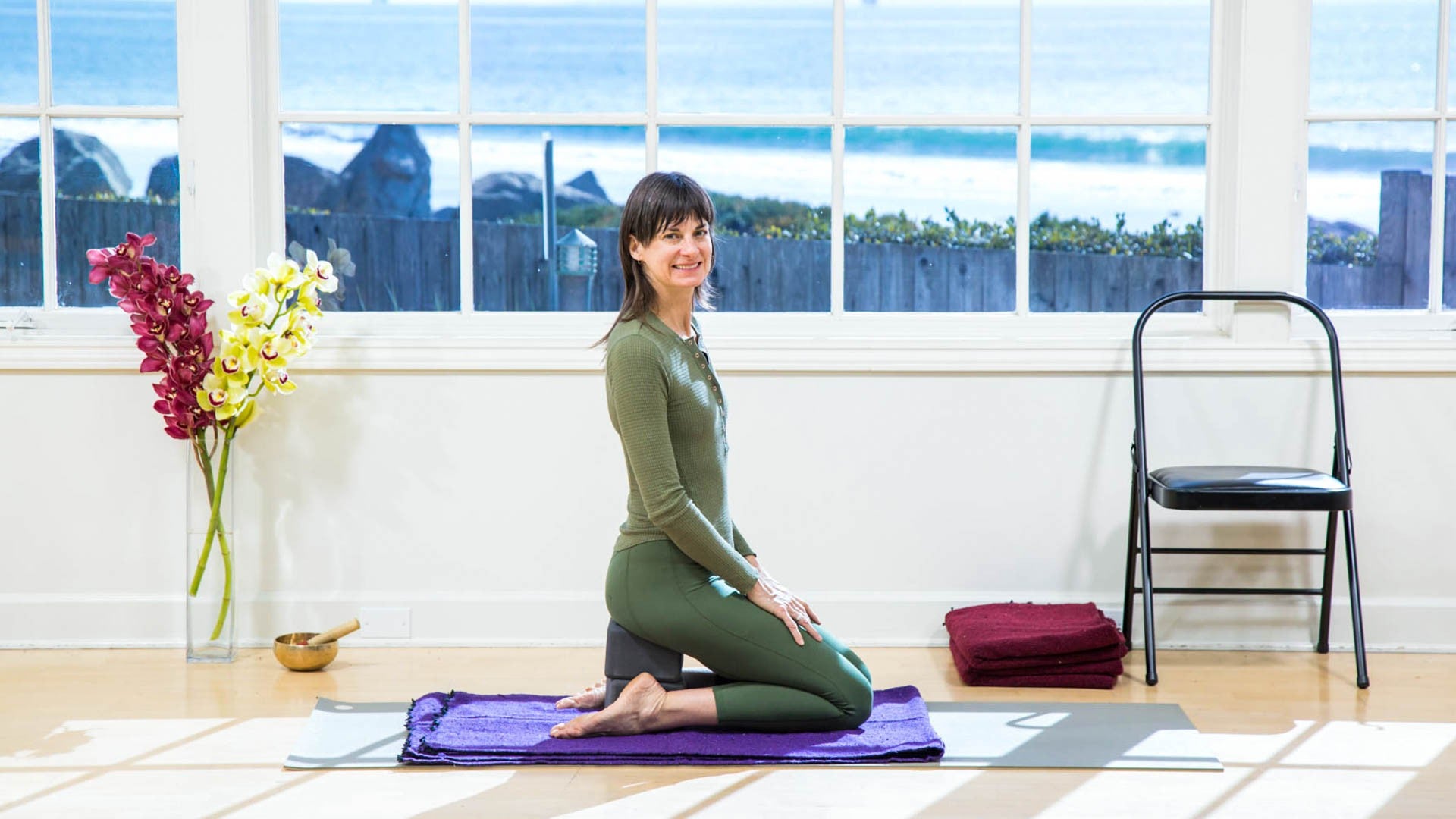
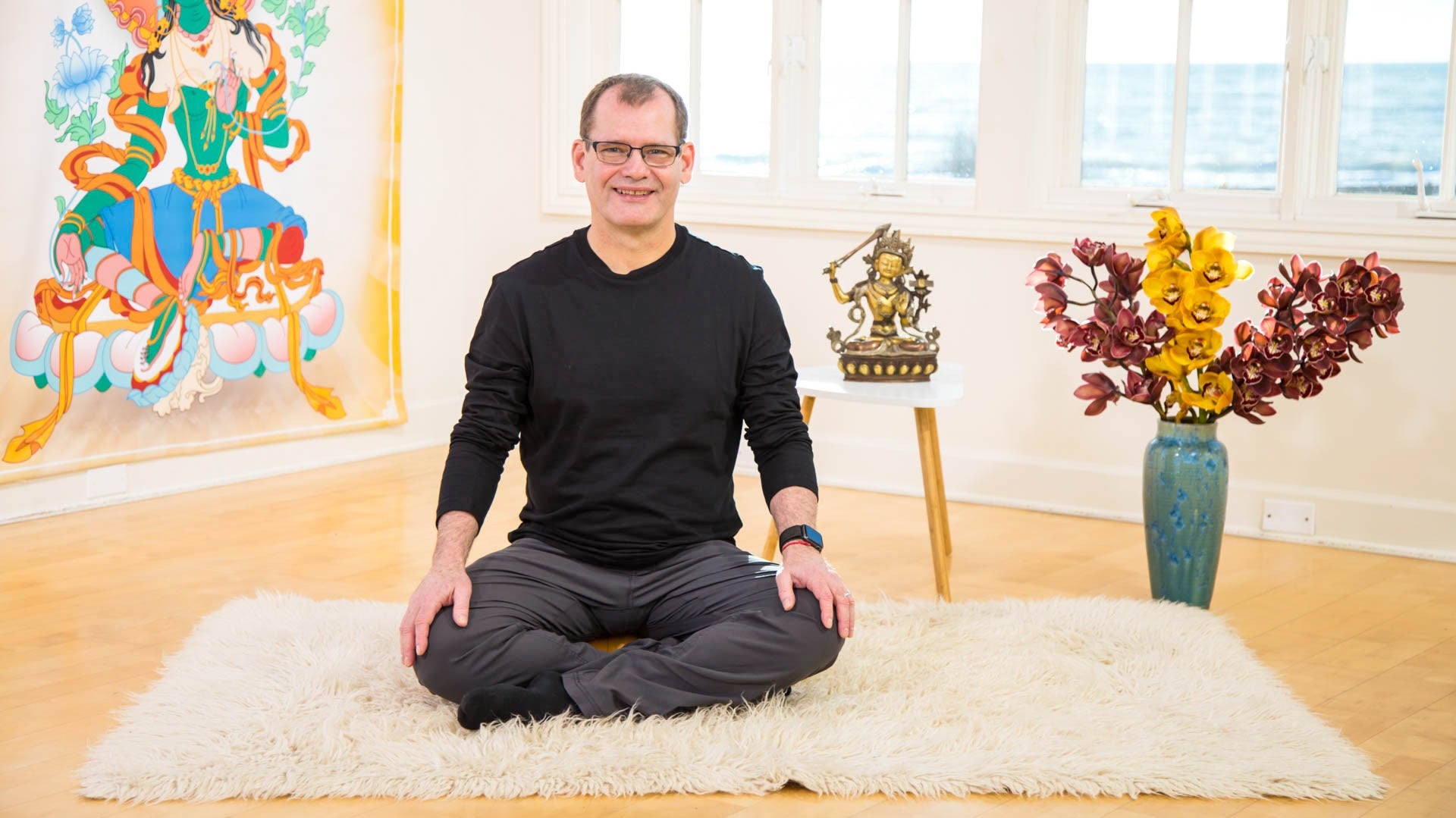





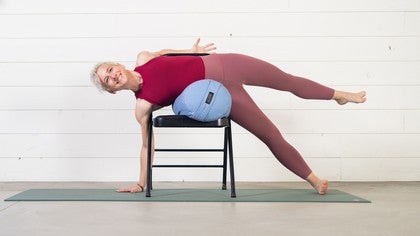







You need to be a subscriber to post a comment.
Please Log In or Create an Account to start your free trial.